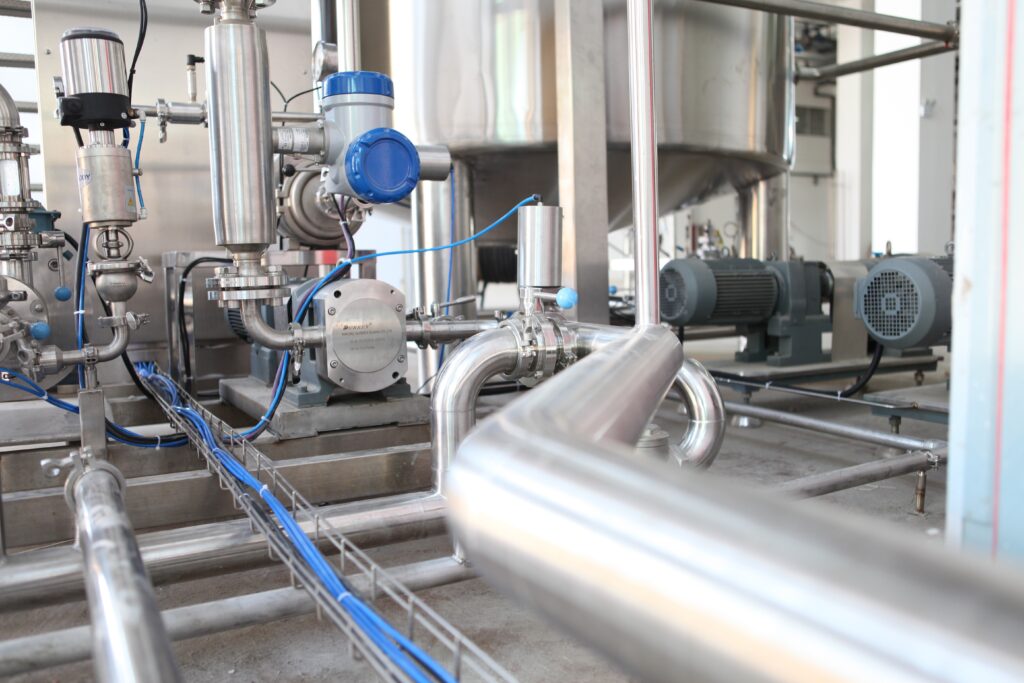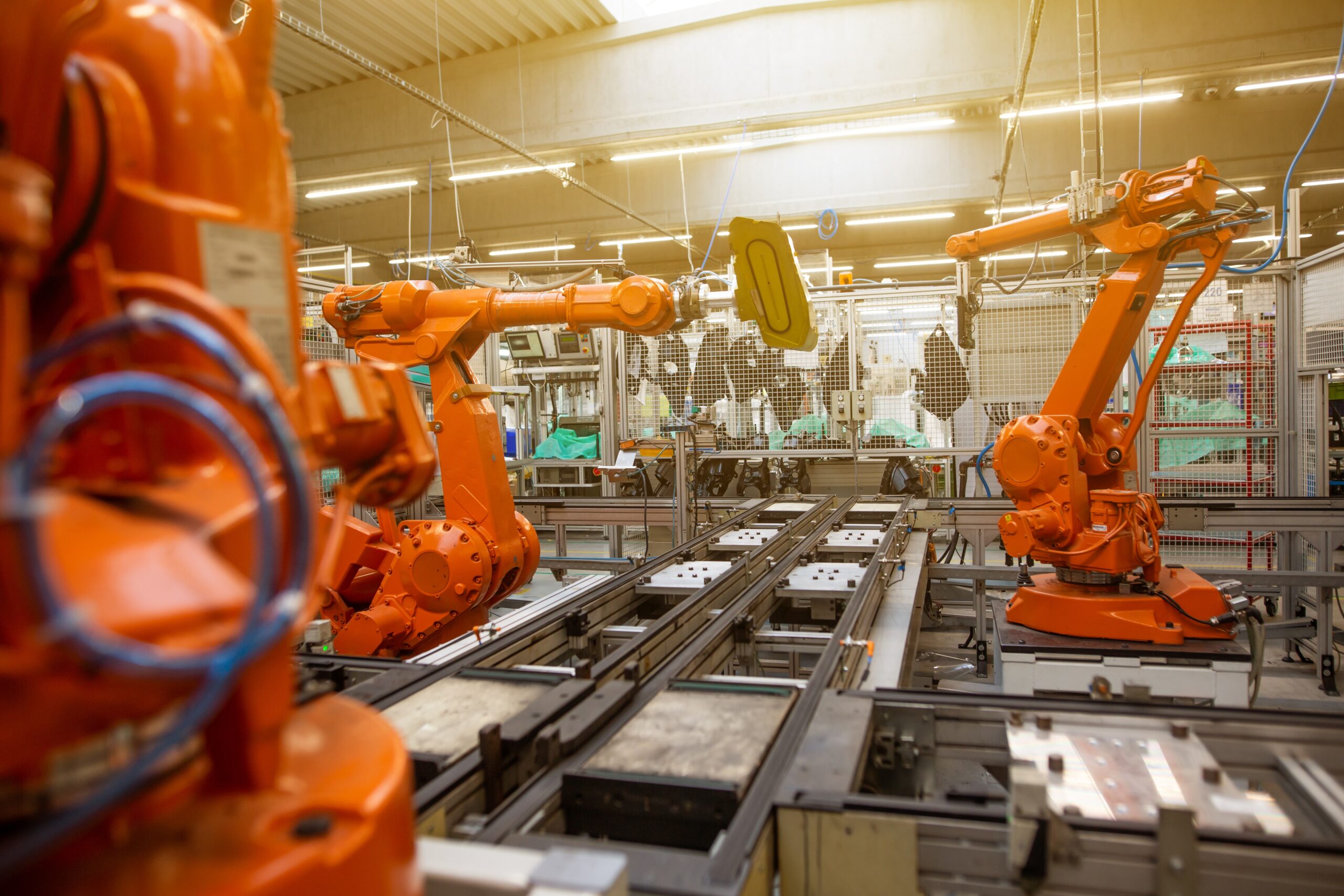organizations are constantly seeking ways to enhance productivity, efficiency, and accuracy. Robotic Process Automation (RPA) has emerged as a powerful tool for streamlining workflows and automating repetitive tasks. By leveraging software robots to mimic human actions, RPA offers a range of benefits that can revolutionize the way organizations operate. In this article, we will explore the advantages of RPA and how it can transform business processes.
Increased Efficiency and Productivity:
One of the key benefits of RPA is its ability to significantly improve efficiency and productivity. By automating repetitive and rule-based tasks, software robots can perform them at a much faster pace than humans, without the risk of human error. This allows employees to focus on more strategic and value-added activities, leading to enhanced productivity and streamlined workflows.

Enhanced Accuracy and Reduced Errors:
Manual data entry and repetitive tasks are prone to errors. RPA eliminates the risk of human error by ensuring consistent and accurate execution of tasks. Software robots follow predefined rules and execute tasks with precision, minimizing the chances of data inconsistencies, duplicates, or other mistakes. This not only improves data accuracy but also reduces the need for time-consuming error correction and rework.
Cost Savings and Resource Optimization:
Implementing RPA can lead to significant cost savings for organizations. By automating tasks that would otherwise require manual labor, organizations can reduce operational costs, such as labor expenses and human resource requirements. RPA allows businesses to optimize their workforce, reallocating employees to more strategic roles where their skills are better utilized. This results in cost efficiencies and improved resource allocation.

Scalability and Flexibility:
RPA offers scalability and flexibility to accommodate changing business needs. As organizations grow and evolve, they can easily scale up their RPA deployments by adding additional software robots. RPA platforms allow businesses to automate processes across various departments and functions, enabling seamless integration and collaboration. This scalability ensures that organizations can adapt to increased workloads and changing demands without compromising efficiency.
Improved Compliance and Auditability:
Compliance with regulations and adherence to internal policies are critical for organizations. RPA can help ensure compliance by executing processes according to predefined rules and regulations. By capturing detailed logs of activities performed by software robots, organizations can maintain a comprehensive audit trail, enabling easy tracking and monitoring of process execution. This audibility provides transparency and accountability, essential for regulatory compliance and internal control requirements.

Conclusion:
Robotic Process Automation (RPA) offers numerous benefits for organizations looking to streamline their workflows and optimize operations. By automating repetitive tasks, organizations can achieve increased efficiency, enhanced accuracy, and significant cost savings. RPA enables businesses to allocate resources more strategically, focusing on value-added activities and driving innovation. The scalability and flexibility of RPA allow organizations to adapt to changing business needs, while improved compliance and auditability ensure adherence to regulations and internal policies. Embracing RPA can transform business processes, driving productivity, and positioning organizations for success in the digital era.
FAQs
What is Robotic Process Automation (RPA)?
Robotic Process Automation (RPA) is a technology that uses software robots to automate repetitive and rule-based tasks, mimicking human actions. It enables organizations to streamline workflows and increase operational efficiency.
Which types of tasks can be automated using RPA?
RPA is suitable for automating a wide range of tasks, including data entry, data extraction, report generation, invoice processing, customer service interactions, inventory management, and more. Any task that follows predefined rules and involves repetitive actions can be automated using RPA.
How does RPA improve efficiency and productivity?
RPA improves efficiency and productivity by automating time-consuming and repetitive tasks. Software robots can perform these tasks at a faster pace than humans, without errors. This frees up employees to focus on more strategic and value-added activities, leading to increased productivity and streamlined workflows.
Can RPA integrate with existing systems and applications?
Yes, RPA can integrate with existing systems and applications. RPA platforms provide integration capabilities that allow software robots to interact with various applications, databases, and systems. This enables seamless automation of end-to-end processes across different systems within an organization.
How does RPA ensure data accuracy and compliance?
RPA ensures data accuracy by executing tasks consistently and without errors. Software robots follow predefined rules and perform tasks with precision, minimizing data inconsistencies and duplicates. RPA also captures detailed logs of activities, providing an audit trail for compliance purposes, ensuring adherence to regulations and internal policies.

